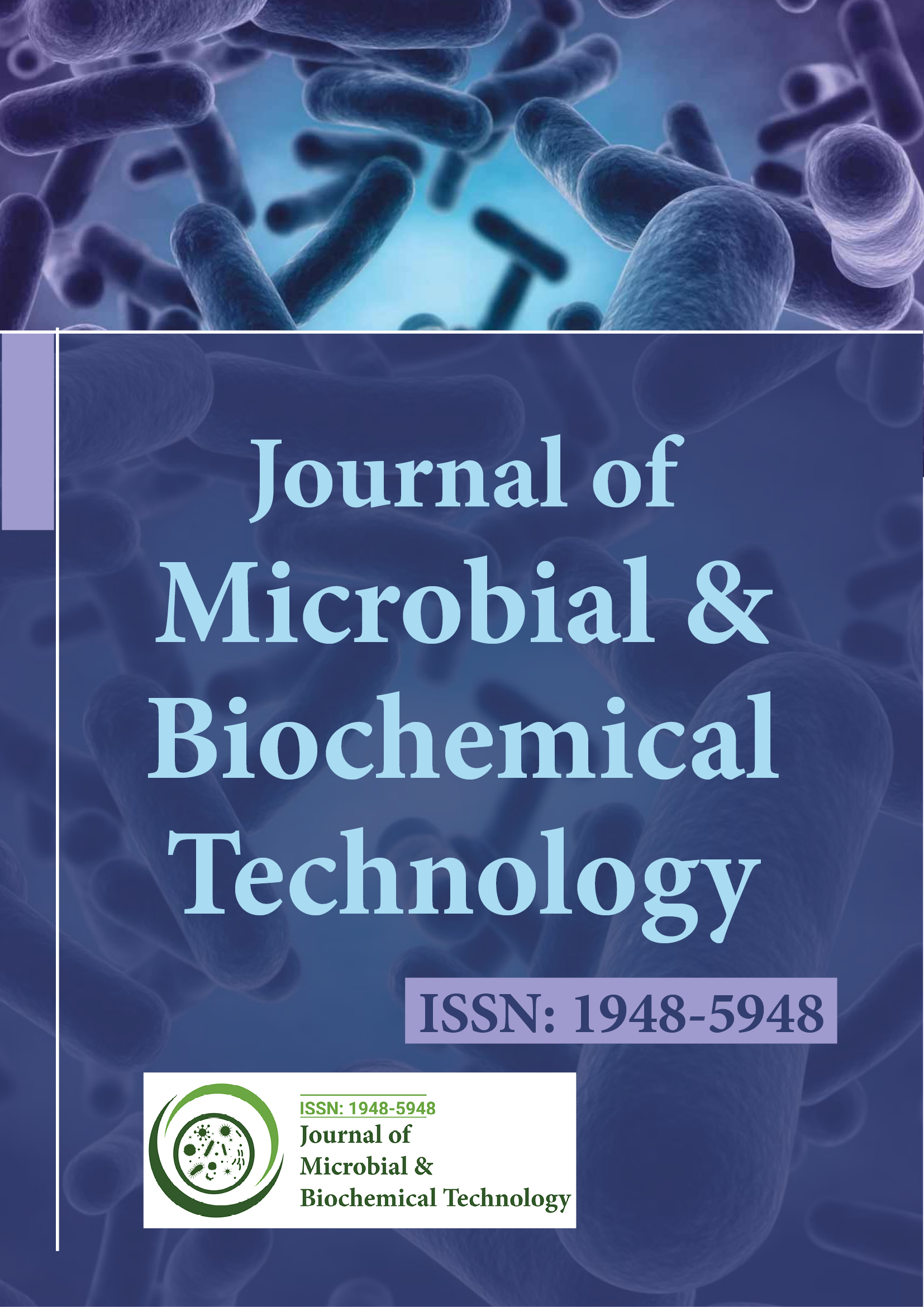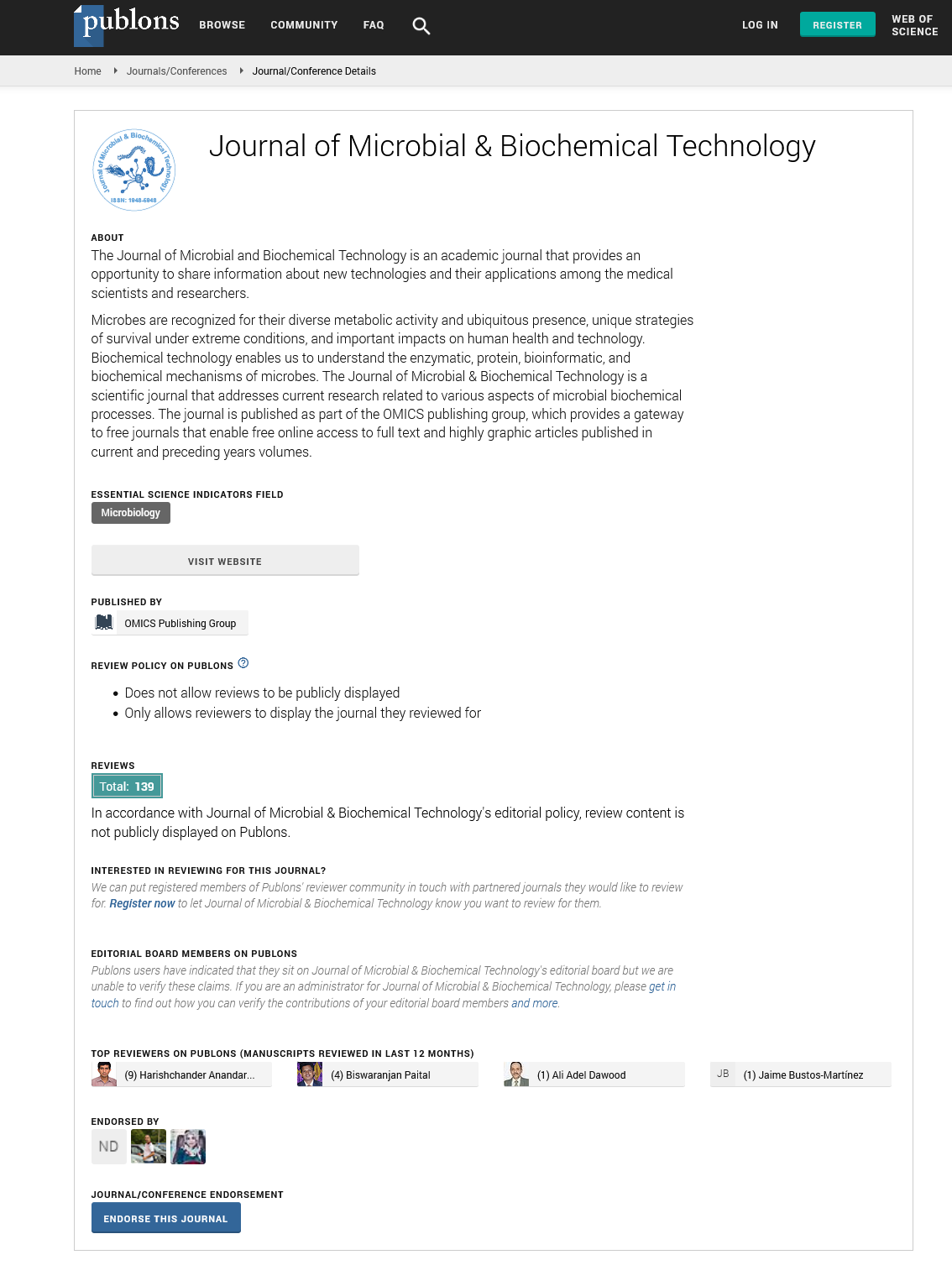Indexed In
- Academic Journals Database
- Genamics JournalSeek
- Academic Keys
- JournalTOCs
- China National Knowledge Infrastructure (CNKI)
- Scimago
- Access to Global Online Research in Agriculture (AGORA)
- Electronic Journals Library
- RefSeek
- Directory of Research Journal Indexing (DRJI)
- Hamdard University
- EBSCO A-Z
- OCLC- WorldCat
- SWB online catalog
- Virtual Library of Biology (vifabio)
- Publons
- MIAR
- University Grants Commission
- Geneva Foundation for Medical Education and Research
- Euro Pub
- Google Scholar
Useful Links
Share This Page
Journal Flyer

Open Access Journals
- Agri and Aquaculture
- Biochemistry
- Bioinformatics & Systems Biology
- Business & Management
- Chemistry
- Clinical Sciences
- Engineering
- Food & Nutrition
- General Science
- Genetics & Molecular Biology
- Immunology & Microbiology
- Medical Sciences
- Neuroscience & Psychology
- Nursing & Health Care
- Pharmaceutical Sciences
Probiotic Lactobacillus affects the expression of virulence in Candida albicans
2nd International Conference on Clinical Microbiology & Microbial Genomics
September 16-17, 2013 Hampton Inn Tropicana, Las Vegas, NV, USA
Aijaz Ahmad
Accepted Abstracts: J Microb Biochem Technol
Abstract:
Traditional antibiotics are increasingly suffering from the emergence of multidrug resistance amongst pathogenic fungi leading to a range of novel approaches to control microbial infections being investigated as potential alternative treatments. Candidiasis is life-threatening systemic fungal disease, especially in immuno-compromised patients. Due to increasing resistance of candidiasis to existing drugs, it is very important to look for new strategies helping the treatment of such diseases. One promising strategy is the use of the probiotic bacteria, which are suggested to play a role in the maintenance of oral health. The principle purpose of this study was to investigate the ability of a Lactobacillus cell free extract and its main components to inhibit the growth and pathogenicity markers of C. albicans in vitro . On GC-MS analysis, Lactobacillus extract (LbE) showed a high content of oleic acid (OA- 24.82%) and myrestic acid (MA- 13.11%). The shift from commensal organism to pathogen is often correlated with the capacity to undergo morphogenesis. Lactobacillus extract and its fatty acid components affect the virulence factors of C. albicans - its hyphae formation, proteinase and phospholipase secretion; which is thus responsible for inhibition of C. albicans growth. The expression profile of selected genes associated with C. albicans virulence by RT-PCR showed a reduced expression of HWP1, SAP1 and PLB2 genes in C. albicans cells treated with LbE, OA (C18:1) and MA (C14:0). The C log P values have also been predicted. The present study indicates that LbE, OA (C18:1) and MA (C14:0) have significant antifungal activity and at lower concentrations these compounds are effective in inhibiting essential virulence factors of C. albicans and their associated genes, especially morphological transition and hydrolytic enzymes, advocating further investigation for clinical applications in the treatment of fungal infections.

